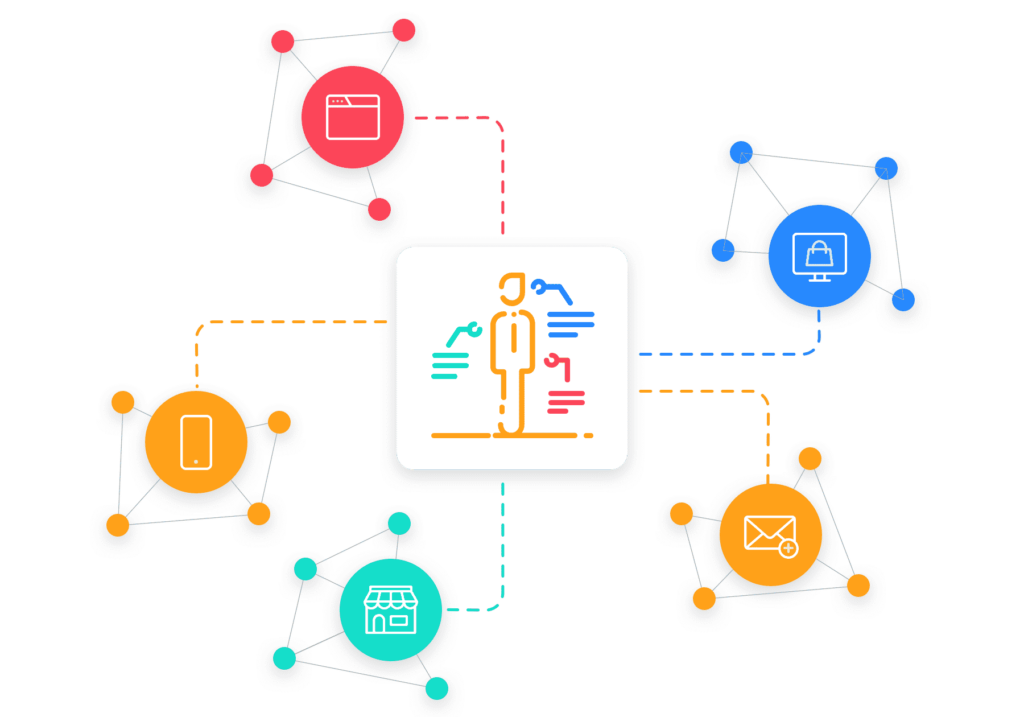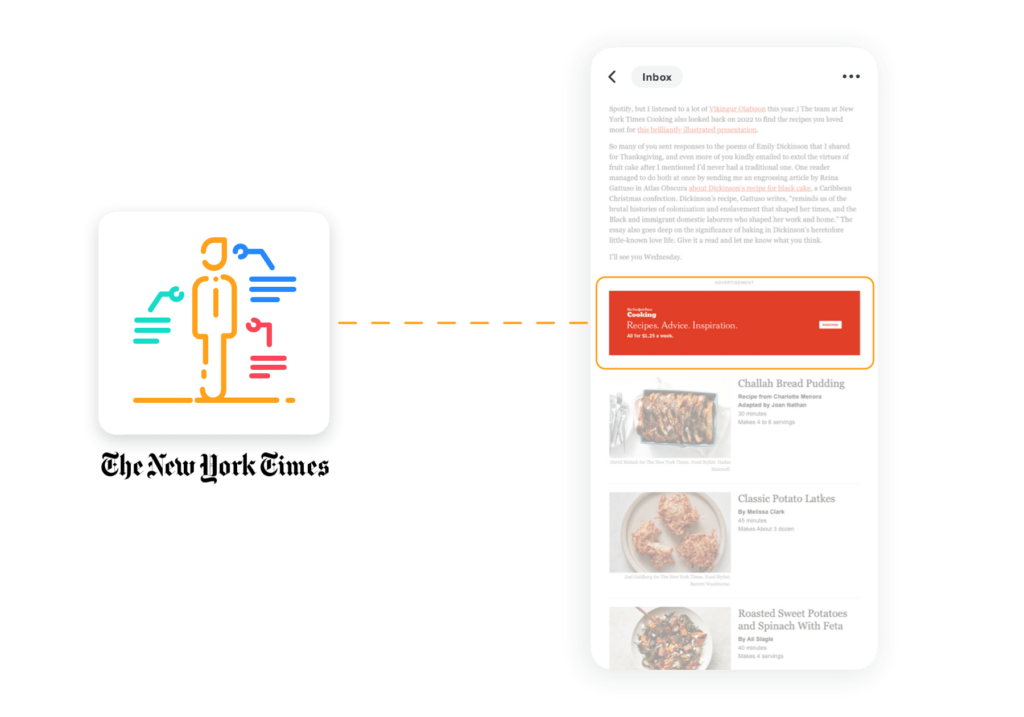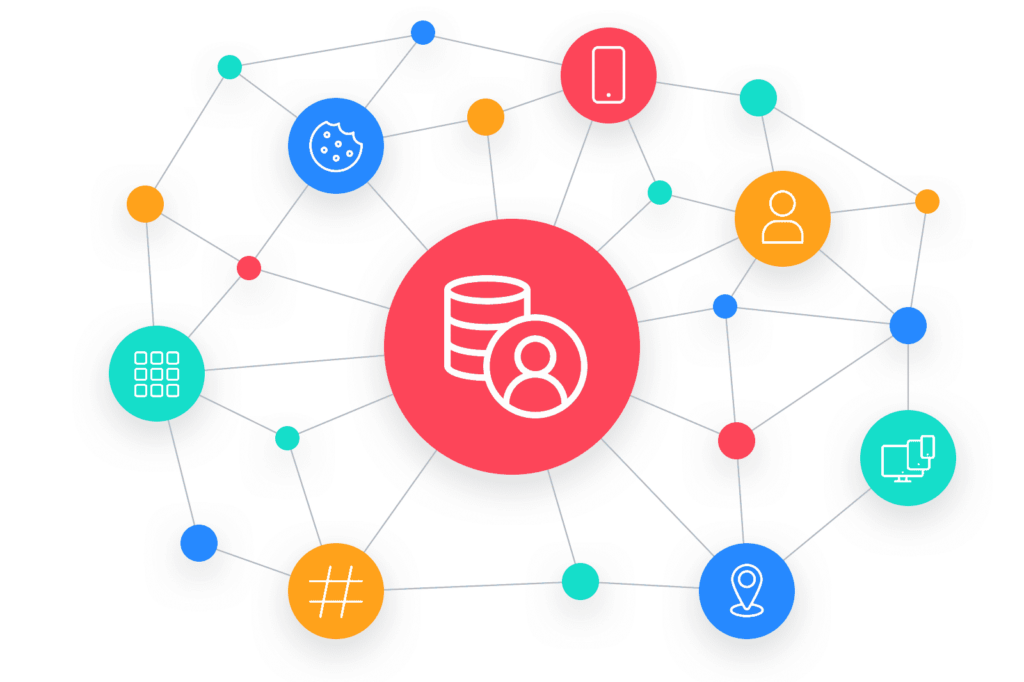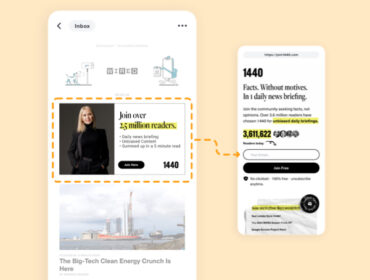3 marketing priorities for 2023
Since Google first announced it would deprecate third-party cookies in Chrome back in January 2020, the industry has been busy finding new ways to solve for identity, addressability, and attribution in preparation for a cookieless world. However, since then, Google has delayed deprecation twice. Some may find themselves frustrated by the continual hold up, but the delay presents an opportunity for brands of all sizes to better prepare themselves for the tremendous disruption ahead.
As we close out 2022 and look to the new year, marketers can prepare their businesses for short and long-term success by prioritizing these three elements.
1 – Build and take control of your first-party data
While it’s been said many times, it bears repeating: Advertisers need to build a robust first-party data asset. Your brand will need to rely on its first-party data to find, connect, and engage new and existing customers across platforms and devices in a world without third-party cookies. But it’s not enough to simply acquire more first-party data.

Marketers are losing valuable data that can help them better understand potential and existing customers to platforms that hold data hostage, ultimately leaving money on the table. Further, legislative changes are redefining the digital advertising landscape. In 2023, prioritize building and taking control of your data, all of it, so you can close the loop on your efforts and survive disruption spurred on by tech giants and legislative changes.
The email newsletter is a powerful channel that can help brands grow and take control of their first-party data. One way in which brands can do this is by placing ads in email newsletters to monetize their media, like a publisher or retail media network, and market their products to those who subscribe. By using first-party data like email engagement and website behavior, brands can inform their monetization and marketing strategies to drive more revenue.
The New York Times, for instance, has seen tremendous success with its email newsletter program. Not only does NYT monetize its email newsletters, but it cross-promotes its many products and newsletters. Furthermore, The New York Times uses first-party data to inform which subscribers should receive certain messages and promotions. The newsletter program has been particularly successful in converting new readers into long-term subscribers, who eventually become paid subscribers.

Of course, if the resources for launching or monetizing your brands’ email newsletter program are limited, you can always lean on email newsletters for advertising. Brands can use their first-party CRM data to suppress existing audiences and connect with new, potential customers, reach high-value audiences with lookalike models, and identify opportunities to win-back or re-engage lapsed audiences.
2 – Establish a unified customer view
If it’s not already a priority for your business, gathering and connecting data points from different online and offline sources to establish a unified customer view should be top of mind in 2023.
A unified customer view is vital to business success as it can help you better understand your customers and unlock critical insights that can inform audience segmentation, marketing strategies, and monetization opportunities. Moreover, a holistic view of your customers can help you better engage audiences with more relevant and personalized online and offline experiences, leading to increased revenue.

Identity graphs will play a key role in data unification
Establishing a unified customer view is one of the ultimate ways that you can take control of your data and drive success in 2023 and in a cookieless world. Critical to this endeavor, however, is the identity graph.
Identity graphs are the backbone of sophisticated marketing initiatives. They help businesses gather, connect, and unify data across disparate online and offline sources, platforms, channels, and devices. Identity graphs that place the email address at its core provide a solid long-term solution as they provide the right combination of ad tech and martech signals that connect first-party cookies to the ecosystem. Savvy brands recognize this and are leaning on the email address to serve as the foundation for creating their identity graphs especially as we approach third-party cookie deprecation. For instance, with LiveIntent’s Identity Graph, brands can connect organic interactions across the digital ecosystem to an encrypted email hash to best engage their customers in real-time — without third-party cookies — wherever they are.
3 – Test identity solutions
In a recent study by the IAB, interviewees were asked to rate their company’s preparedness regarding the loss of third-party cookies and identifiers on a scale of 1 to 5, with 1 being the least prepared and 5 being the most prepared. The results indicated that, on average, brands felt their preparedness rated a 3.6. Considering the gravity of third-party cookie deprecation on digital advertising, brands should feel better equipped to tackle the upcoming changes.
While Google has delayed the deprecation of third-party cookies several times, brands mustn’t sit on their laurels. Instead, brands must take advantage of delays to test different solutions, determine which identity solution suits their business and existing tech stack, and build cross-departmental workflows to ensure collaboration.
What to look for in identity solutions
When considering identity solutions providers, brands should run a match test, confirm data sources and acquisition recency, check if real-time access is available, confirm data sources and acquisition recency, understand the provider’s matching methodologies, and ensure they can maintain ownership of their data. These considerations are vital to securing an identity solution to help you reach your business goals and navigate the fragmented and complex digital landscape.


